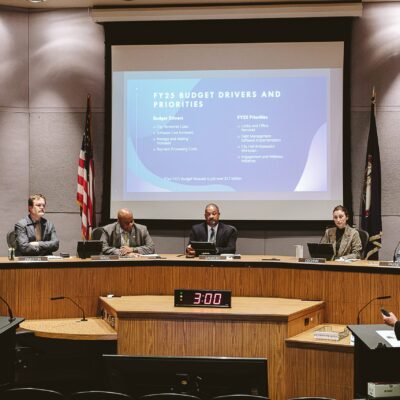 |
The experience of reading the new issue of the VQR is a little like traveling across the world, if the reader could move through recent time along with space: The Winter 2009 issue is titled “Fidel’s Cuba (and the Legacy of the Cold War)” and its three central essays range from travel narrative to a psychological essay that plumbs a frightening statistic (more Cubans kill themselves than in any other Latin American country) to a father’s return to the island after 46 years, chronicled by his son. All three are interwoven with immediate histories of the revolution and the long shadow it casts over the complexities of present day life in Cuba, with all its deprivations, ironies and paradoxes. I admired each one for different reasons—the first for its maplike structure, following Fidel’s route into the mountains during the 1956 Revolution, the second for its striking ability to get people to talk about such a taboo subject, sometimes without words, and the third for getting me to challenge some of my lazier assumptions about Cuba and its government. In reading these essays, I was shocked by the inability of the Cuban government to admit such startling facts about the mental health of its people, then moved and outraged at the injustice of a father having to discover his brother’s gravesite after 56 years in exile.
The essays, stories and poems that span the rest of the issue run from a piece of fiction about an Iranian woman living in Long Beach, to a series of short prose elegies about the Palestinian poet Mahmoud Darwish—he died of heart failure last year, and the journal includes “The Dice Player,” which is one of Darwish’s last long poems—as well as essays about the exploitation of Che Guevara’s murder in that small mountain town in Bolivia (make that two pieces about Che, in fact) and a surreal piece of journalism about a bus tour of Radavan Karadzic’s favorite public places when he was hiding out as Dr. Dragan Dabic, “a self-styled specialist in alternative medicines.” Damn! And that’s not even halfway through the issue. It’s an almost dizzying, yet enlivening, experience to jump from Cuba to Bolivia to Belgrade to the small plot of land that was once called Palestine. But the true treat of this exceptional issue, and maybe this is because I am a poet, occurred when I got to the photo montage and accompanying poems by Binh Danh and Robert Schultz, entitled “Faces Fleshed in Green,” in which the Vietnamese photographer has somehow managed to develop mugshots of former prisoners from the Tuol Slang prison camp in Cambodia—imagine this—on actual leaves. The resulting images, and Schultz’s poems that accompany them, are haunting and terribly indicting, though the victims stare out from their veined worlds with a calm that is terrifyingly serene.





